Close CRM brings all your sales communication—calls, emails, texts, tasks—into one powerful platform. Say goodbye to tool-switching and hello to a workflow that actually works.
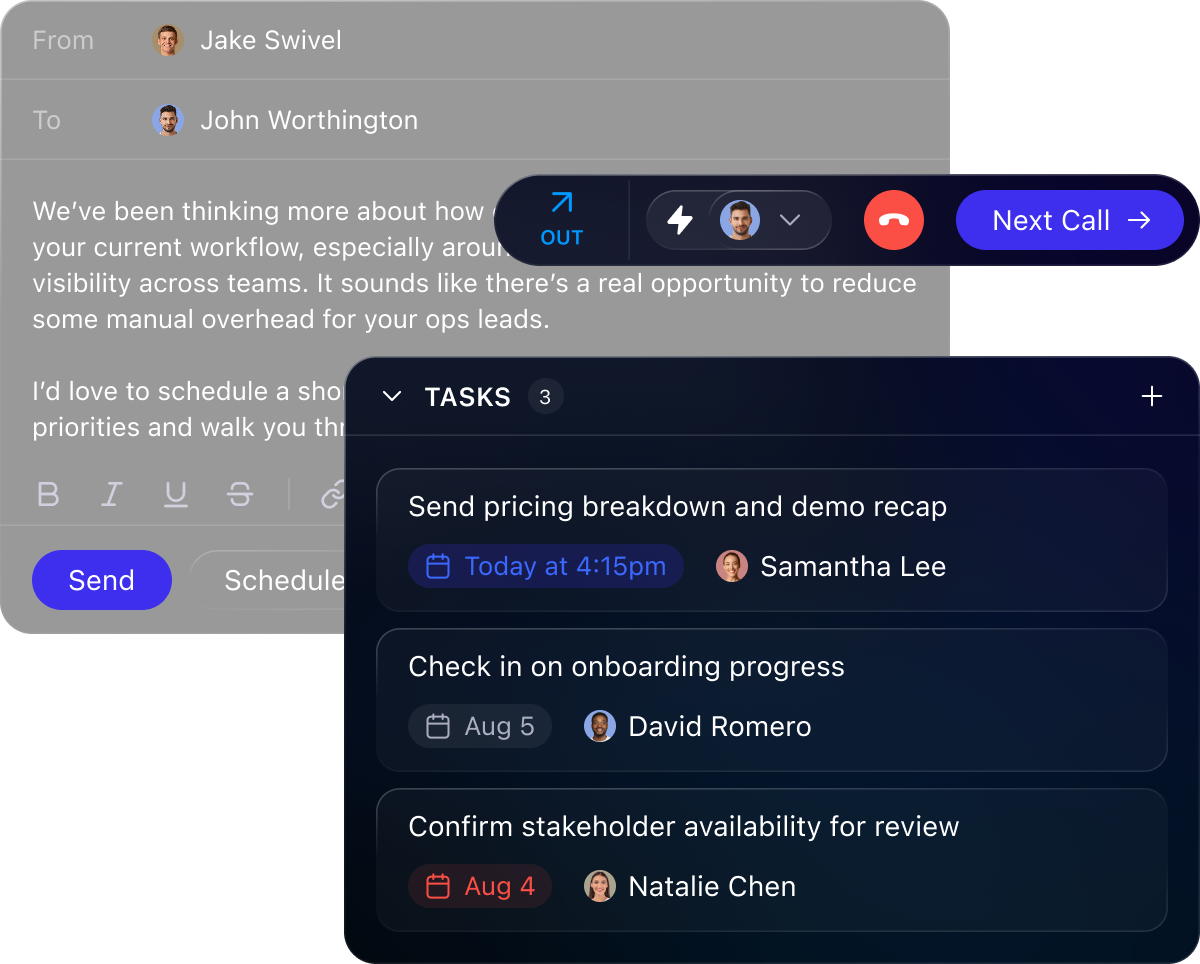


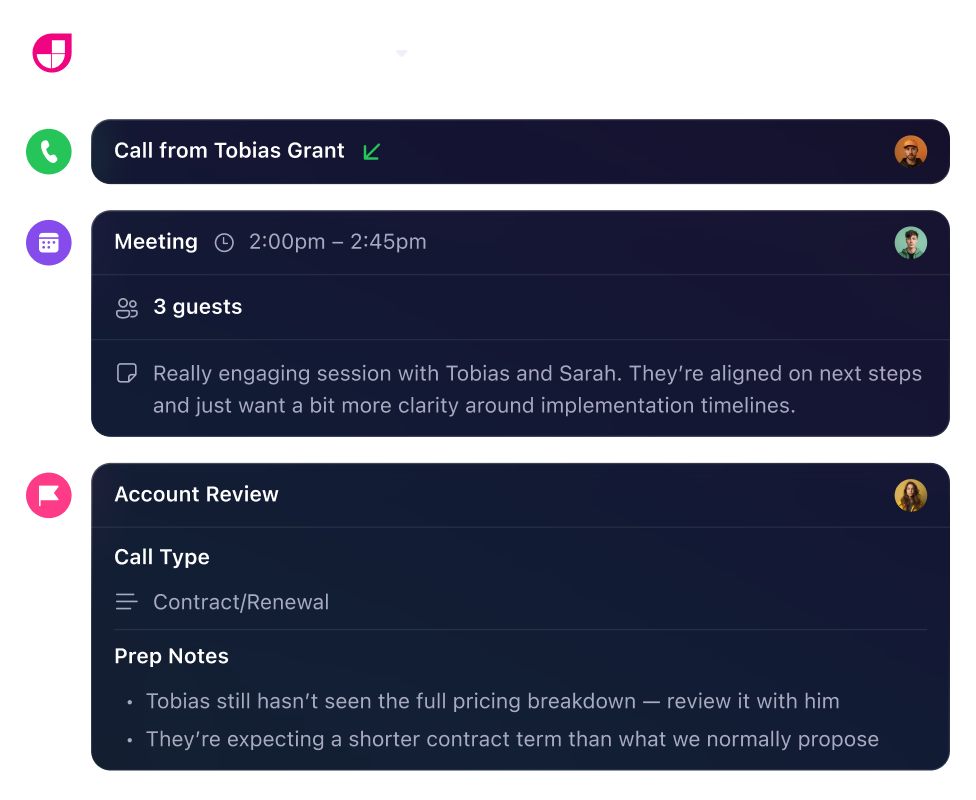


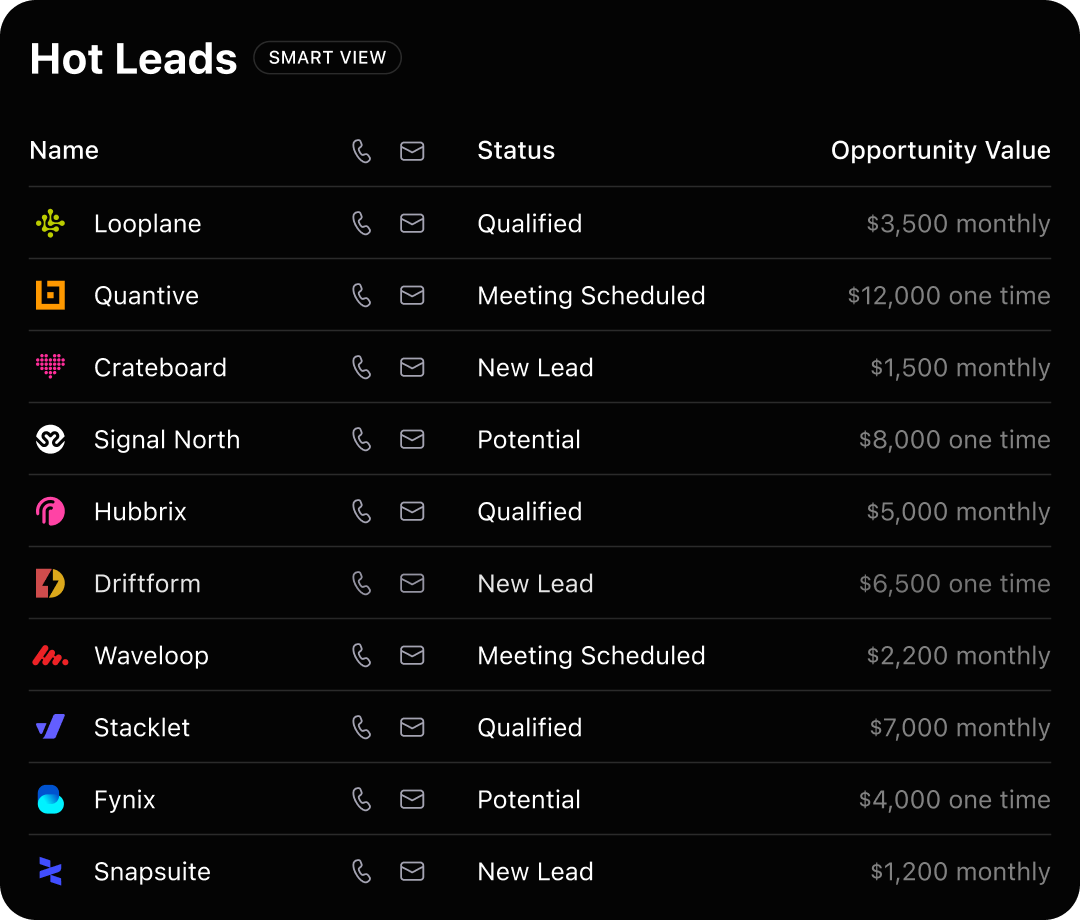




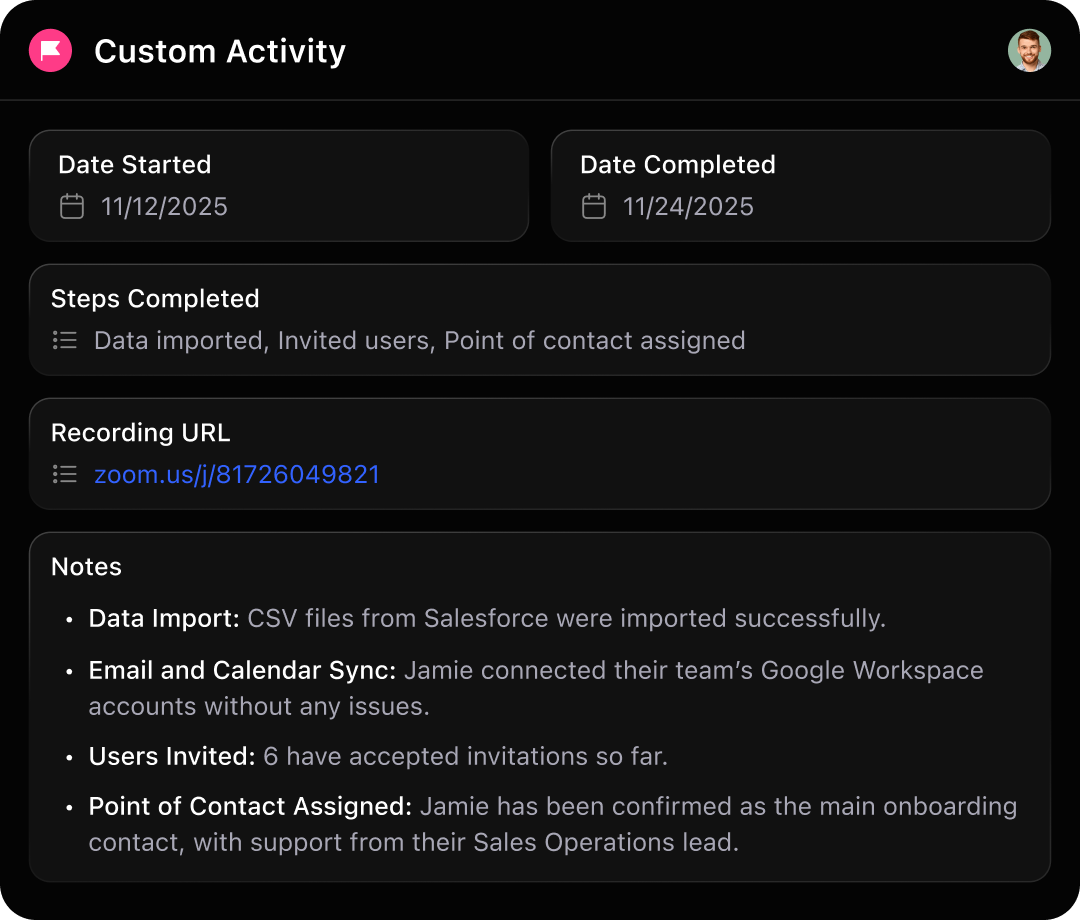




What makes Close CRM different from other sales CRMs?

Close combines your core sales tools—calling, emailing, SMS, task management, and reporting—directly into the CRM. Everything is centralized on one platform, reducing tool switching and helping your team stay focused on selling.
How does Close help sales teams stay on top of leads and deals?

Close’s Inbox View prioritizes follow-ups, missed communications, and overdue tasks, so nothing slips through the cracks. Smart Views let you create dynamic lists of leads—like hot prospects, stalled deals, or upcoming renewals—based on real-time activity.
Can I customize Close to fit my specific sales process?

Your team can build automated sales sequences that include email, SMS, and task reminders—so no lead ever slips through the cracks. You also get productivity tools like Smart Views, templates, and Power Dialer to streamline outreach at scale.

How does Close centralize communication within the CRM?

All communication—calls, emails, SMS, meetings, and notes—is stored on each lead’s profile. That means every rep has full visibility into conversations and context, all in one place.
What kind of reporting and insights does Close CRM provide?

Close includes built-in reporting to monitor individual and team performance, identify pipeline gaps, and track progress against goals. You can create customizable reports to replace manual spreadsheets and improve forecasting accuracy.